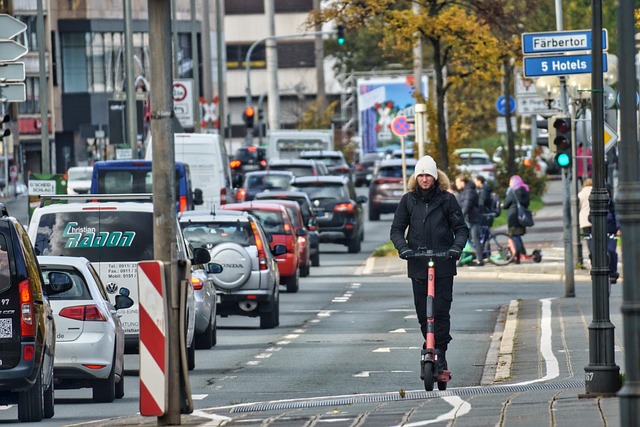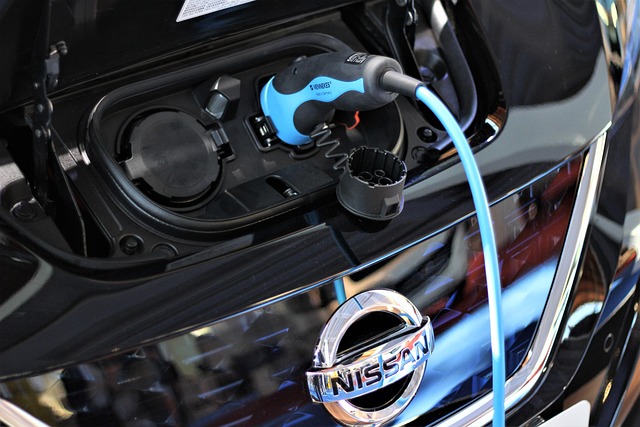Driving Toward Sustainable Mobility: The Intersection of Transport Sustainability and Rural Development
In today’s fast-evolving world, the essence of sustainable consumption extends beyond just products—it delves deeply into how we move from place to place. Mobility isn’t merely about convenience; it’s about preserving the environment, empowering communities, and fostering equitable growth. Particularly in rural areas, where transport options can be limited, striving toward transport sustainability is vital for nurturing vibrant, thriving communities.
The Challenge of Mobility in Rural Areas
For many living in rural regions, travel often involves long distances, limited public transport, and increased reliance on private vehicles. This pattern not only escalates carbon emissions but also perpetuates social isolation and limits economic opportunities. Sustainable consumption in transportation means rethinking these habits—moving away from excessive automobile dependence and towards more eco-conscious and community-centered solutions.
Embracing Transport Sustainability
Transport sustainability is about crafting solutions that balance environmental responsibility with accessibility and efficiency. In rural settings, this might mean investing in electric vehicle infrastructure, improving public transit networks, or encouraging car-sharing platforms tailored to the community’s unique needs. It’s about aligning daily travel behaviors with a vision for a cleaner, healthier planet.
Driving Rural Development through Sustainable Mobility
Rural development thrives when mobility solutions foster connectivity without compromising the environment. Enhanced transport options can open doors to education, healthcare, and job markets previously out of reach. Moreover, sustainable transport initiatives can invigorate local economies by facilitating tourism and supporting local businesses—all while keeping sustainability at the forefront.
Moving Forward: A Shared Responsibility
Achieving sustainable consumption in transportation calls for collaboration among policymakers, communities, and individuals. Encouraging active participation—from embracing zero-emission vehicles to supporting innovative rural mobility services—creates a ripple effect that uplifts entire regions. When rural communities gain access to sustainable transport, they embrace not just mobility but also resilience and growth.
Ultimately, driving toward sustainable mobility is about more than the journey—it’s about steering toward a future where every mile traveled nurtures both people and the planet.



